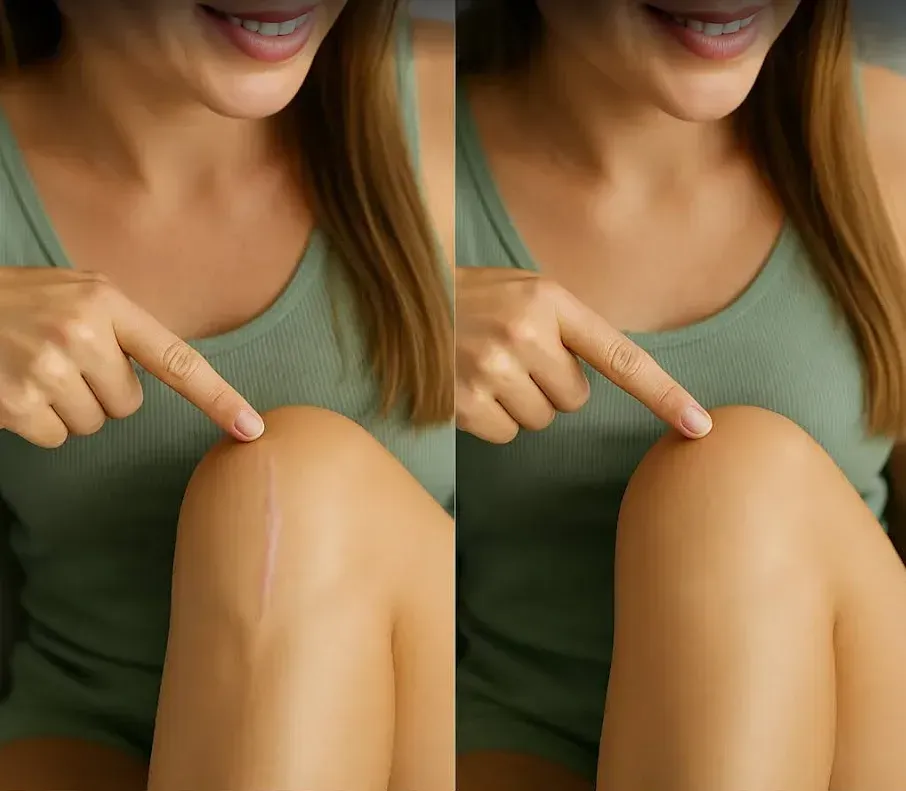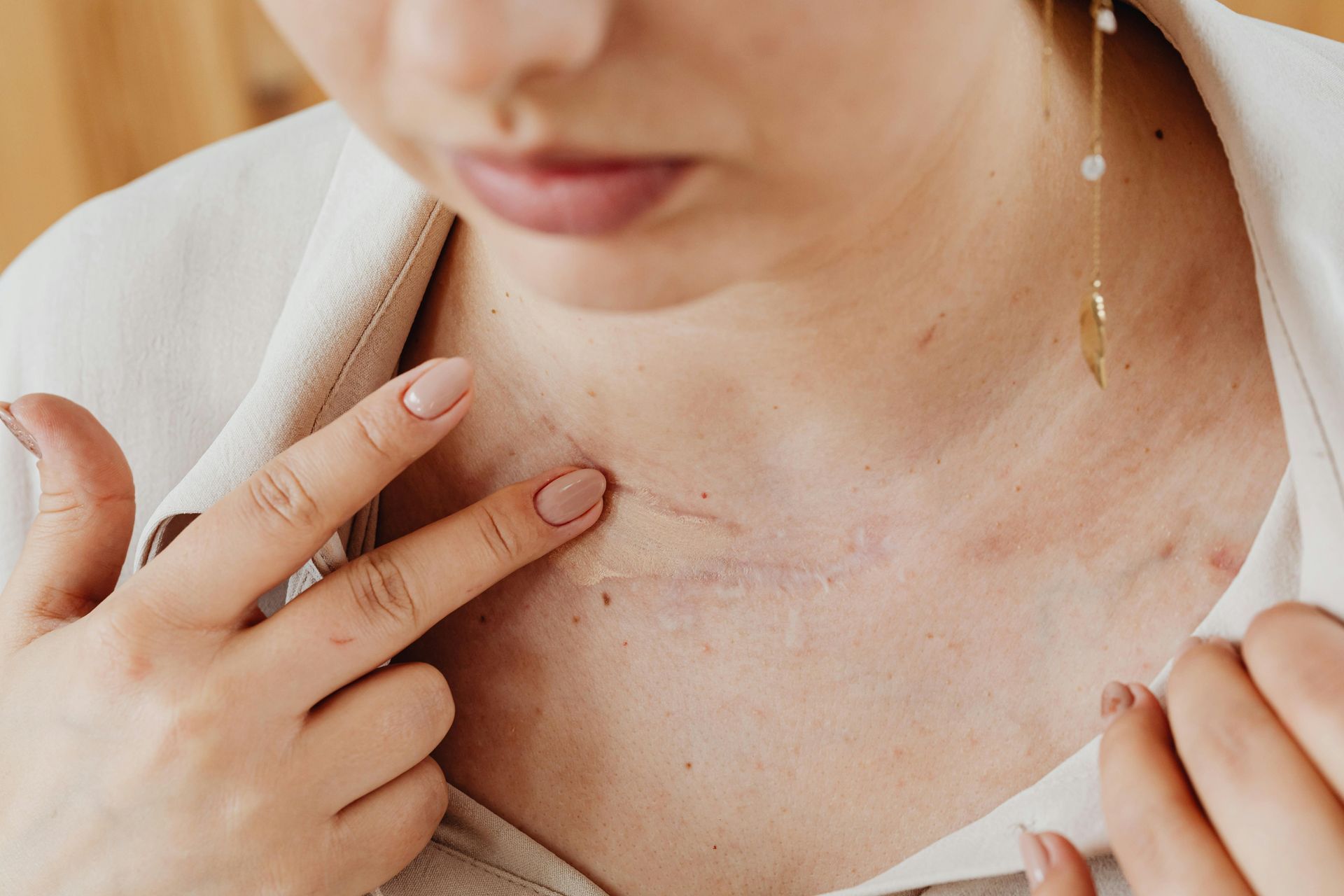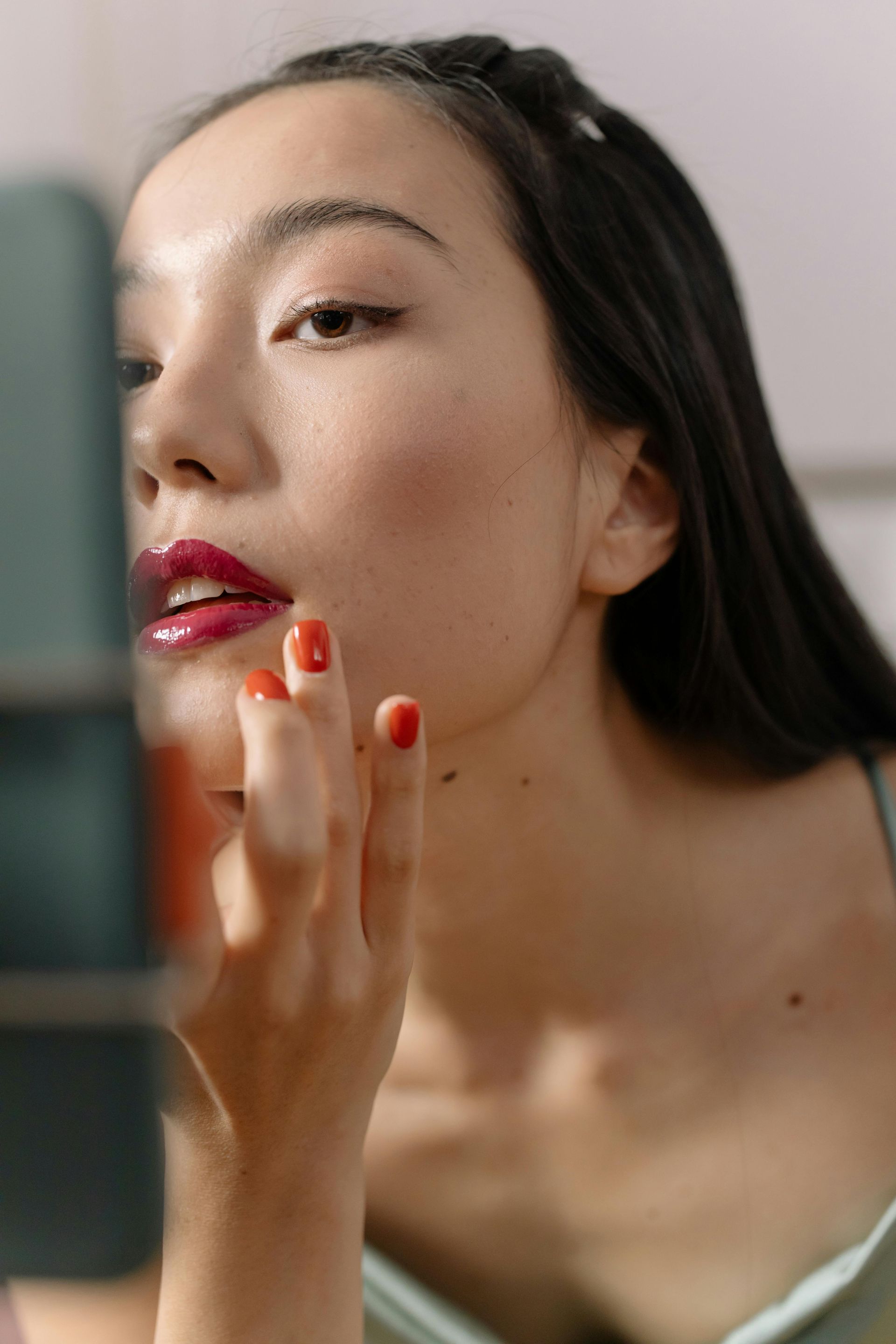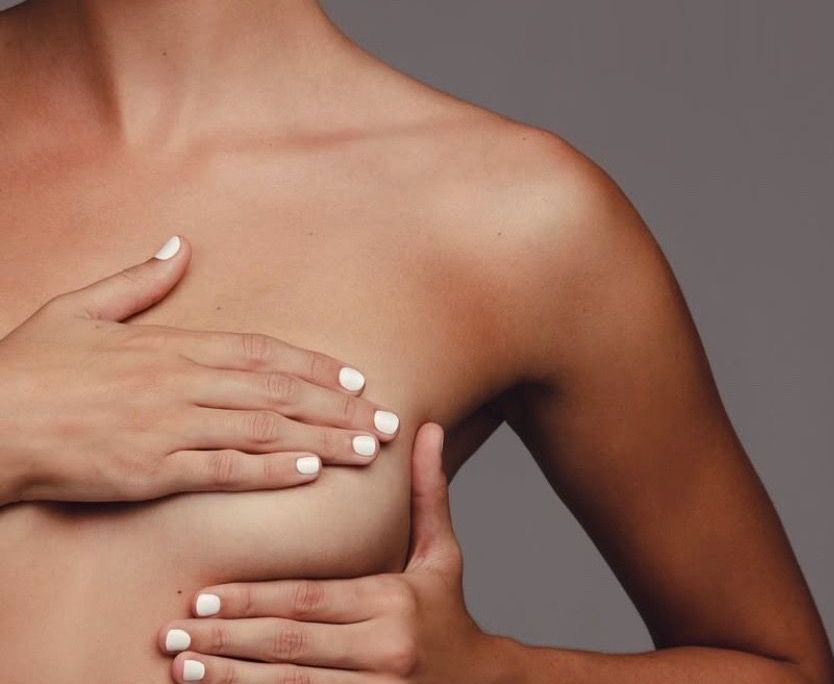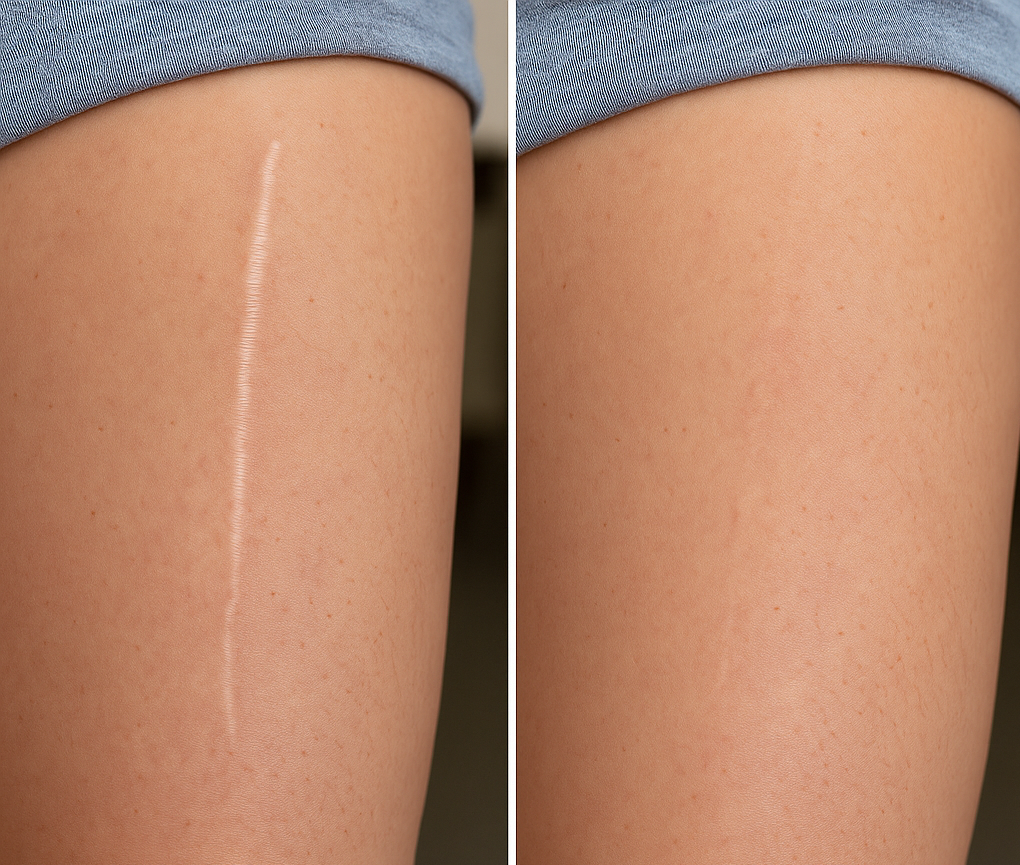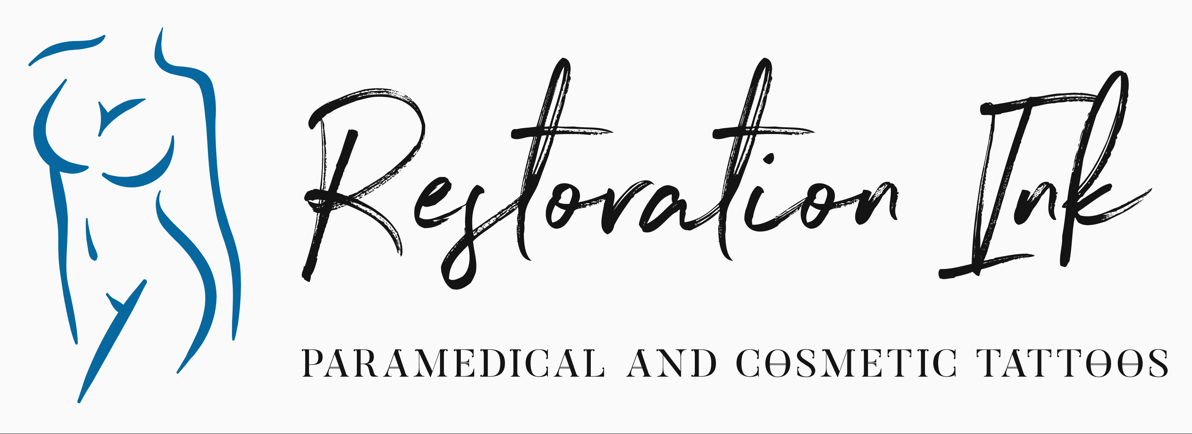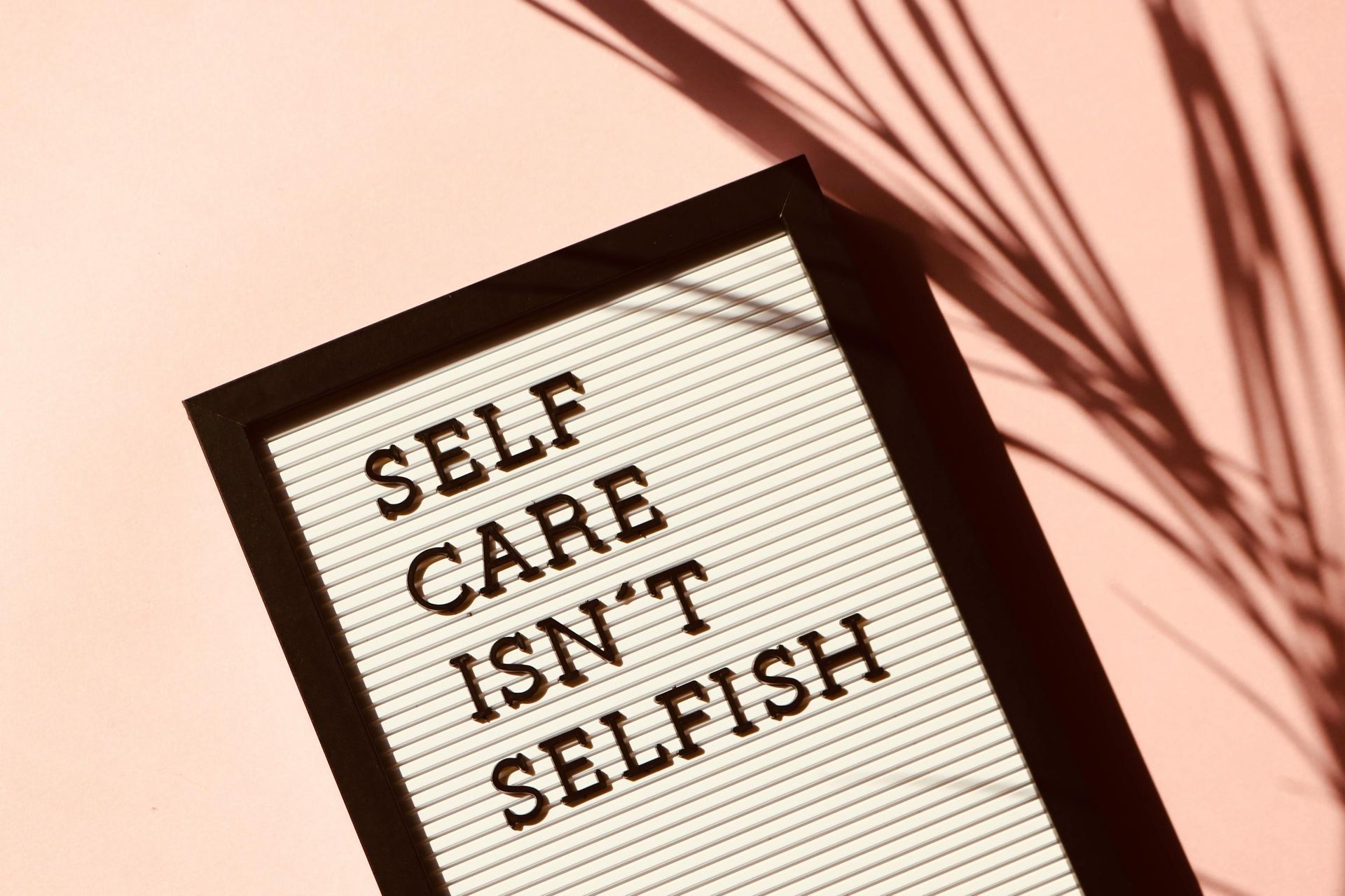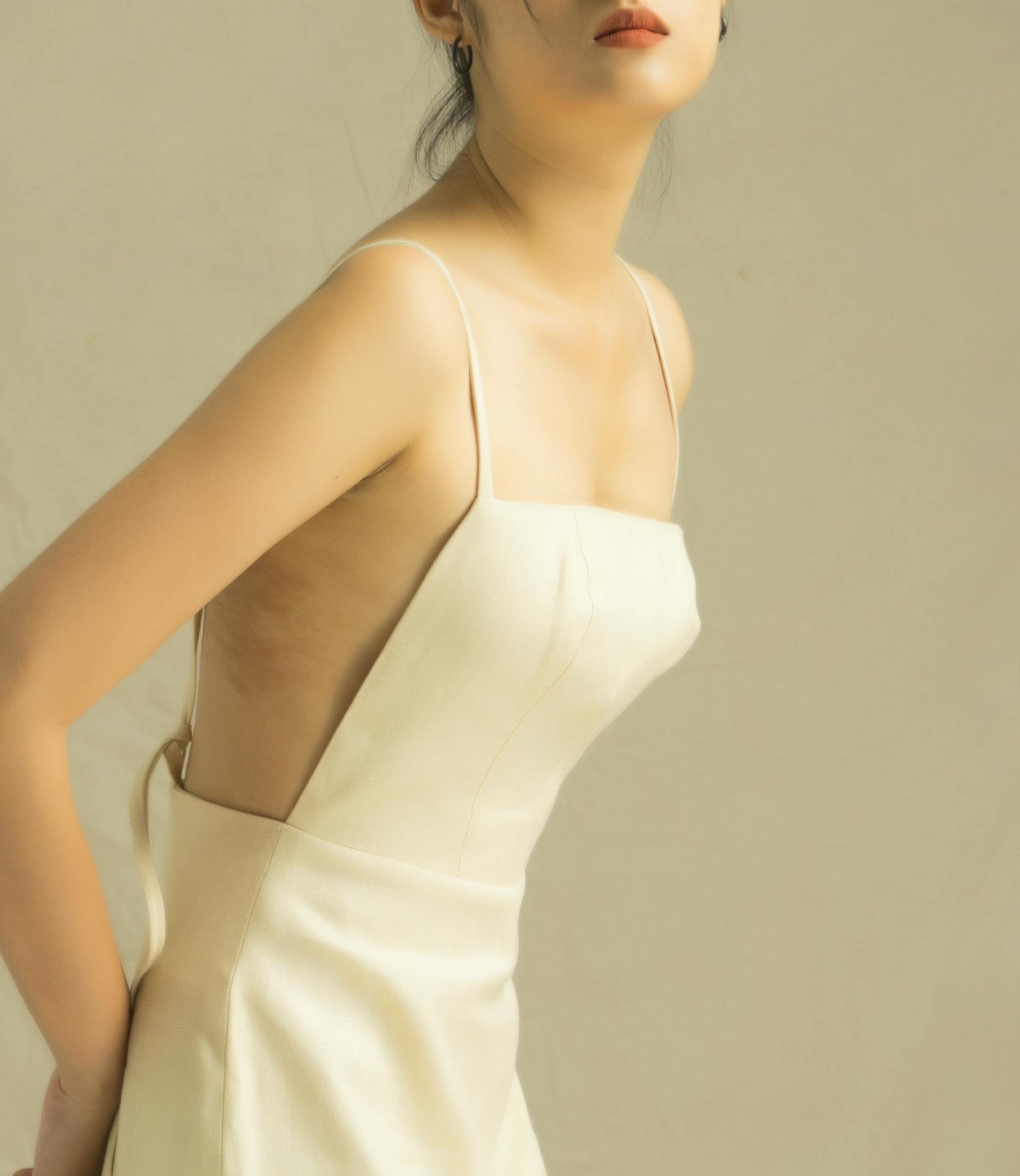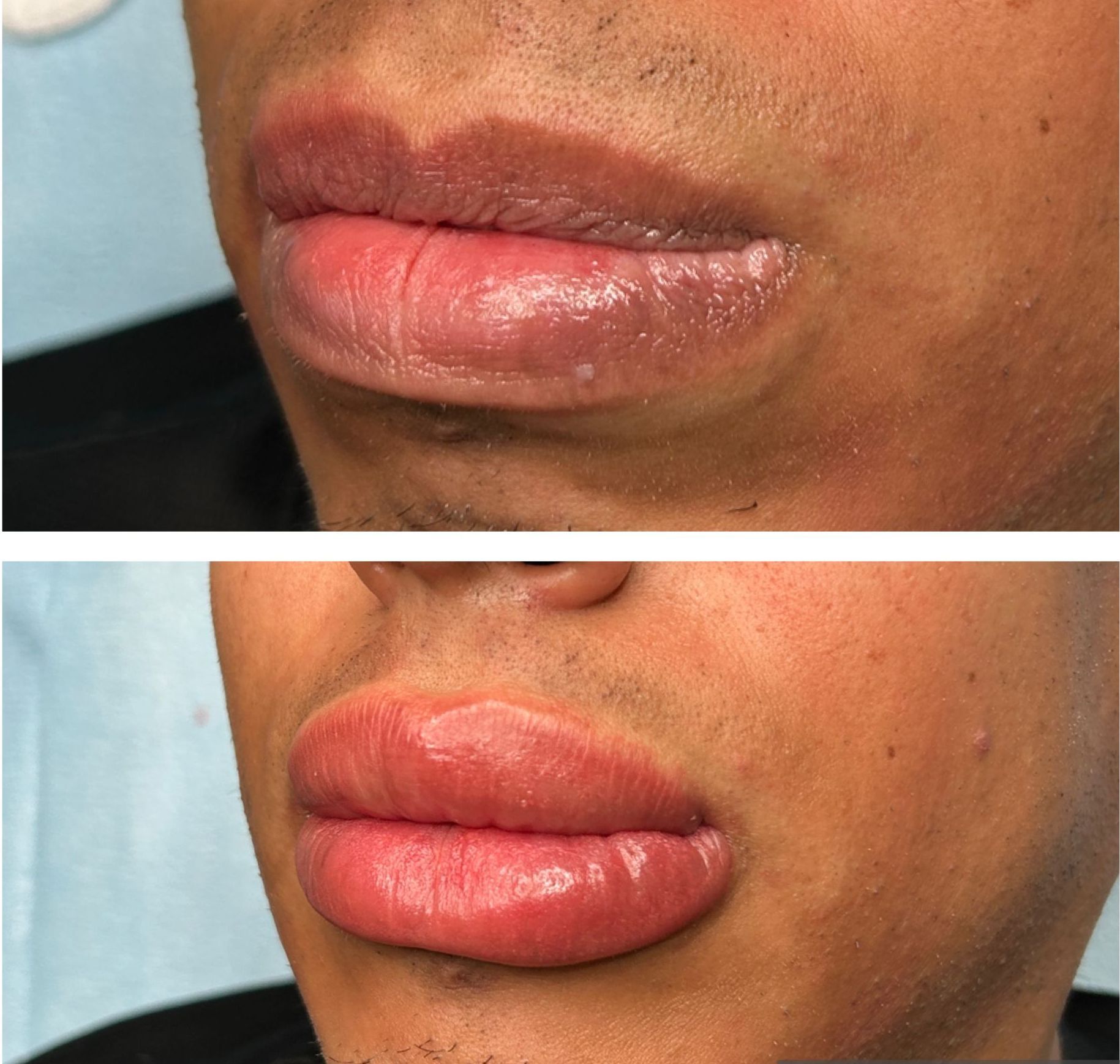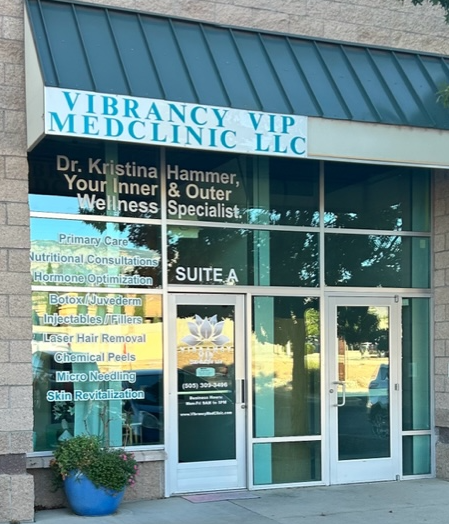Introduction to breast tattooing
3D Areola Restoration Tattoos
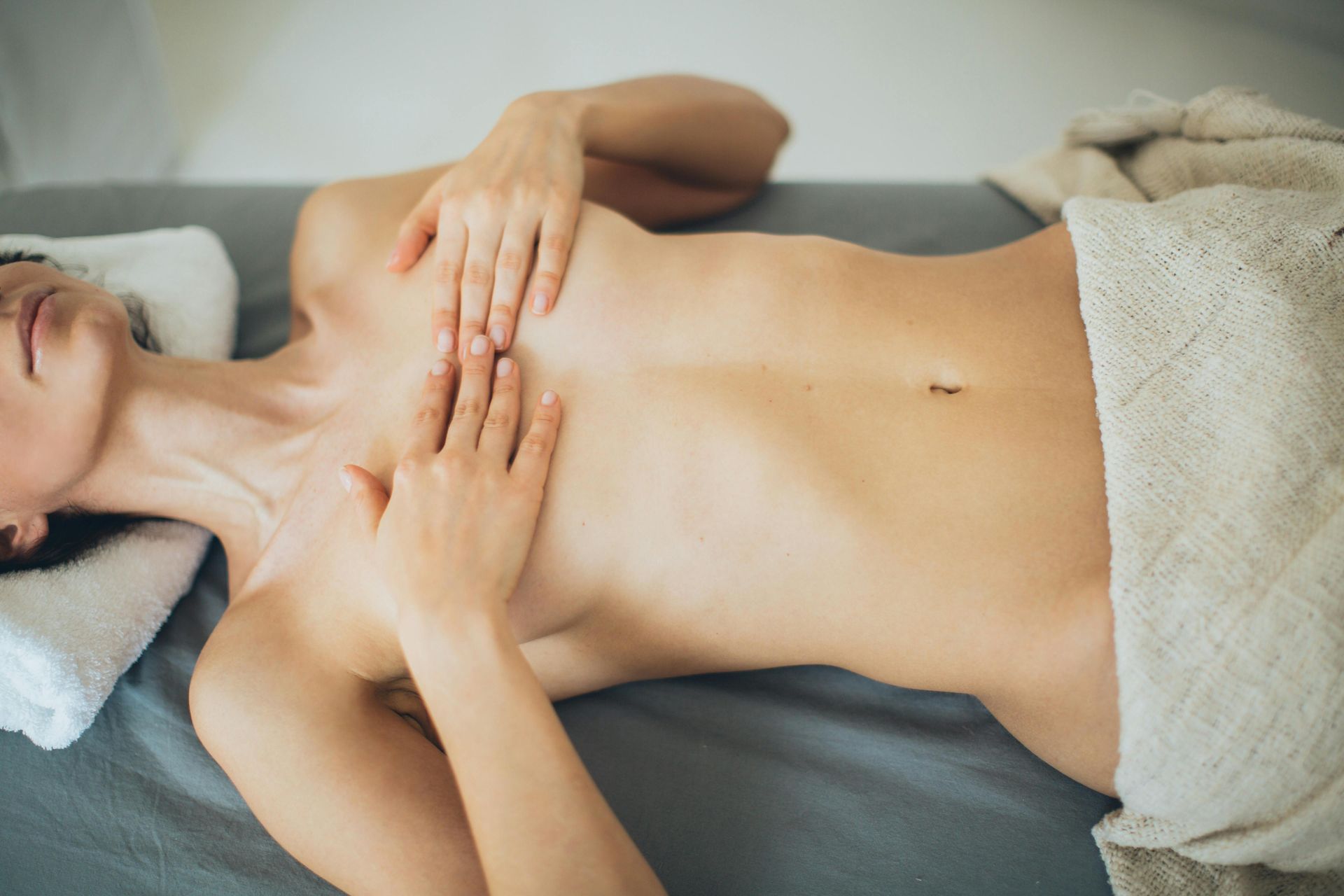
Breast tattooing is a form of artistic expression that is gaining popularity among individuals who have undergone breast surgery. This technique involves creating realistic-looking areolas through tattooing, providing a sense of completion and empowerment to those who have had mastectomies or breast reconstruction surgeries. The process is typically done in multiple sessions to ensure the desired outcome, with the permanent makeup (PMU) artist carefully matching the color and shape of the natural areola. Many people find that breast tattooing helps them regain confidence and feel more comfortable in their bodies after surgery.
Importance of breast tattooing in post-surgical recovery
Breast tattooing plays a vital role in helping to restore a sense of normalcy and confidence for individuals who have undergone breast surgery. It provides a unique way to enhance the appearance of the breast area after such a major procedure. Breast tattooing can help in various ways:
- Camouflaging: Covering scars and creating a natural-looking areola and nipple.
- Emotional Healing: Promoting emotional healing by allowing individuals to reclaim control over their bodies.
- Customization: Tailoring the tattoo to suit the individual's preferences and skin tone.
This process not only aids in physical healing but also contributes to the psychological recuperation of those undergoing breast surgery.
Evolution of breast tattooing techniques
Tattooing techniques for post-surgical breast recovery have advanced significantly over the years. Initially, these tattoos aimed mainly to hide scars, but now they can create the illusion of a natural-looking areola and nipple. Today, specialized PMU artists use advanced techniques to match the color and texture of the surrounding skin, resulting in a more realistic and aesthetically pleasing outcome for individuals post-mastectomy.
Different styles and designs of breast tattoos
Various styles and designs of breast tattoos are available to cater to different preferences and aesthetic tastes.
- Realistic tattoos aim to recreate the look of a natural breast, including shading and detailing to mimic the appearance of a nipple and areola.
- Abstract designs offer a more artistic and non-representational approach, often incorporating unique patterns, colors, and shapes.
- Floral motifs, such as roses, cherry blossoms, or lilies, are popular choices for those seeking a feminine and delicate tattoo design.
- Geometric patterns and symbols, like mandalas or geometric shapes, can provide a modern and minimalist look to the tattoo.
- Tribal designs, inspired by traditional tribal art from various cultures, offer bold and intricate patterns for a distinctive aesthetic.
Each style allows individuals to express themselves uniquely and embrace their personal journey of post-surgical recovery.
Benefits of breast tattoos for post-surgical patients
Breast tattoos for post-surgical patients offer various benefits. They can help camouflage surgical scars, providing a sense of empowerment and confidence. Breast tattoos also allow individuals to express their individuality and personal style. Additionally, they can serve as a symbol of healing and moving forward after surgery.
Procedure of breast tattooing
Breast tattooing is a procedure where the PMU artist uses specialized ink to create realistic-looking areolas and nipples on the breasts. This tattooing process involves meticulous attention to detail to ensure a natural appearance. The procedure is typically done in multiple sessions to achieve the desired results. During the initial consultation, the PMU artist will discuss color options, size, and placement of the tattoos to suit the individual's preferences. The tattooing process itself can take a few hours per session, depending on the complexity of the design. After the tattooing is complete, proper aftercare is crucial to ensure the tattoos heal well and maintain their appearance over time.
Pain management during breast tattooing
Pain management during breast tattooing is crucial for a comfortable experience. Before the procedure, you can discuss with your PMU artist about using topical numbing creams or local anesthesia to reduce pain. Taking pain-relieving medication before the tattoo session can also help. Deep breathing techniques and distraction methods like listening to music during the process can make it more bearable. Remember, communication with your PMU artist about your pain tolerance is key to a successful and less painful session.
Aftercare and healing process
After getting a breast tattoo, it's important to follow proper aftercare instructions for proper healing. Avoid exposing the tattoo to direct sunlight, keep it moisturized with ointment, and refrain from picking at any scabs that may form. During the healing process, it's normal to experience some itching and mild discomfort. Avoid submerging the tattoo in water until it's fully healed. Follow-up appointments with your PMU artist may be needed to ensure proper healing and touch-ups if necessary.
Emotional impact of breast tattooing on patients
Breast tattooing after surgery can have a significant emotional impact on patients. It helps them feel more confident and reclaim their sense of self. Patients often express feelings of empowerment, renewal, and a positive body image after getting a breast tattoo. Some even say it aids them in the healing process by providing closure and a fresh start.
Conclusion and outlook for the future
As more individuals opt for breast tattooing to complete their post-surgical journey, it's clear this practice is revolutionizing the way people perceive breast reconstruction. The future seems promising for advancements in this field, with an increasing number of skilled PMU artists specializing in realistic nipple and areola tattooing. This option provides a creative and empowering alternative for those who have undergone mastectomies, offering a personalized touch to their recovery process.
